Tabriz
Tabriz Rugs
Do you want to learn more about Tabriz Rugs?
We are discussing the history, recognition, and design of Hand Knotted Tabriz Rugs
Tabriz rugs are known for their outstanding quality and durability and also for featuring one of the most diverse displays of designs on any type of Persian rug. The designs are limitless – from figural and medallion to the Herati/Mahi designs and even 3-dimensional rugs.
These rugs are hand knotted and truly demonstrate the exceptional artistic skills of the weavers in this region.
History of Tabriz Rugs
Tabriz rugs have a long and interesting history going all the way back to the 15th century. These rugs are woven in the ancient city of Tabriz, situated on the slope of the Sahand Mountain in northwest Iran.
Tabriz is the fifth largest city in Iran, located in the northwestern region near the edge of the Caucasus Mountains. This city once served as the capital of Iran and was home to the crown prince of the Qajar dynasty.
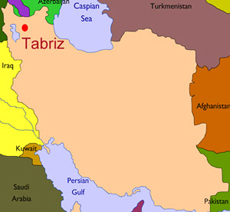
The city of Tabriz was the capital of the Safavid dynasty. Rug production started in this region around the year 1501, making this one of the oldest rug manufacturing regions. Historically, Tabriz has been known as a city of master weavers who excelled in this particular art form.
Their creations displayed a high level of technical skill, both in the weaving techniques used and in the designs and finish of the rugs. Till around the 19th century, only residents in Tabriz and its neighboring regions had access to these classic creations.
The Discovery of Tabriz Rugs
Sometime during the 19th century, Western countries discovered Tabriz rugs thanks to the efforts of three Persian master weavers – Sheik Safi, Kurban Dai, and Haji Jalili. Very soon rug merchants began exporting these rugs on a large scale to Western markets.
Tabriz rugs are woven in the city of Tabriz and numerous surrounding villages, which have been known as the center of rug weaving for hundreds of years. The city of Tabriz has the biggest range of designs and quality in the whole orient rugs. The weavers there are among the fastest and are identified as highest skilled weavers in Iran. The weaving from this region can vary greatly in quality and for this reason Hand Knotted Tabriz rugs can range anywhere from 50 to 500 knots per square inch.
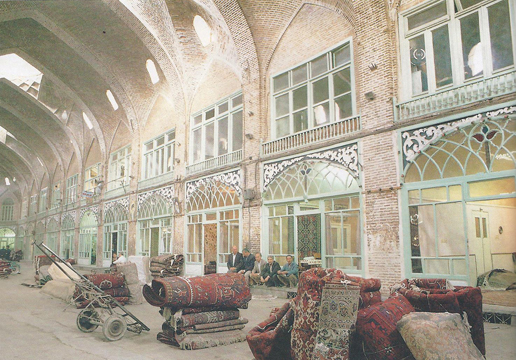
What Makes the Persian Tabriz Rugs So Popular
Tabriz rugs enjoy unparalleled popularity among rug enthusiasts, interior designers and homeowners all over the world. So what exactly is it about these rugs that makes them so popular?
The first is the exceptional quality of these rugs. Unlike many other types of Persian rugs, which are produced by nomadic weavers, Tabriz rugs are woven in rug-weaving centers in the city. These rug-weaving centers hire only the most skilled weavers and provide them with a bright, clean, and spacious workshops to create their masterpieces. The result is superior quality, sophisticated rugs with some of the most elaborate designs and styling seen in Persian rugs.
What is So Special About Tabriz Rugs
Every knot is impeccably made by experienced weavers who tie one knot at a time making sure it is perfect before tying the next one. The result is a tight, even weave and a smooth pile. Run your hand across the top or underside of the rug and it feels soft, smooth and silky to the touch. This is something every rug owner wants in their floor piece.
It’s not just the sensory delight that makes Tabriz rugs so popular. Another reason for the high popularity of these rugs is their flawlessly executed deigns, even though they are highly elaborate. Although these rugs feature a wide array of designs and colors, the one thing that remains constant is that they are all extremely intricate.
How Do You Identify a Tabriz Persian Rug
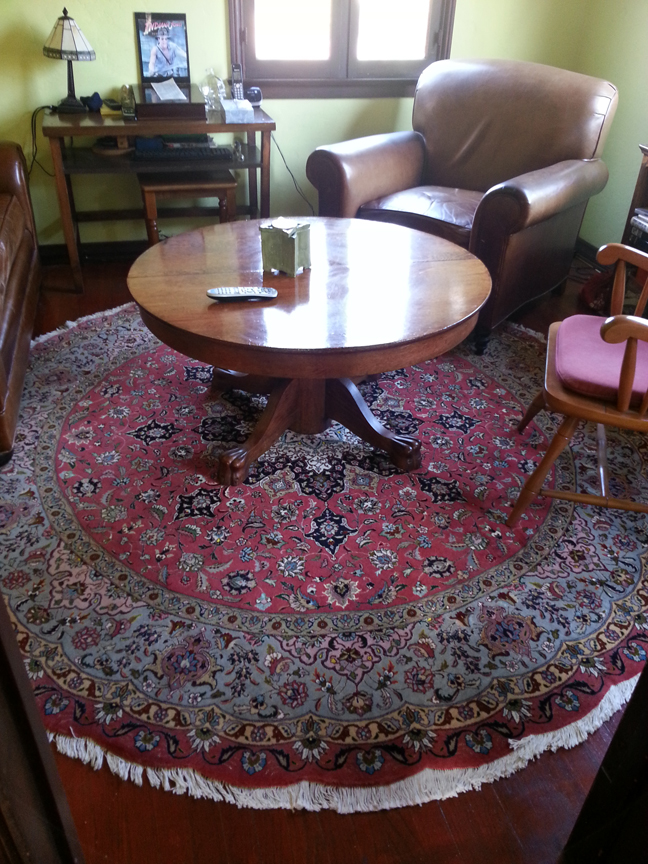
Another feature that intrigues rug collectors is the historical influences that are often woven into the design.
Some of the well-known poets that influenced the designs of Tabriz rugs are Rumi, Omar Khayyam, Ferdozi, Hafez, Fizuli, and Saadi.
Some weavers selected their favorite verses from these poets and depicted them in their designs, others wove full poems into the borders of the rugs.
Still others depicted much-loved characters from these poems into their designs. Iskander & Layla, Shirin, Majnun, and Khosrau are some of the more popular characters that can be seen in many Tabriz rugs.
Not surprisingly, Tabriz rugs that feature these features are collectors’ items. They are very rare to find and very expensive too.
Antique Tabriz vs Vintage Tabriz Rug
The age of a rug is often described as antique or vintage and the word is used can help to tell you how old the rug is.
A Vintage rug is at least 30 years old but no older than 80.
An antique rug is any rug that is at least 80 years old.
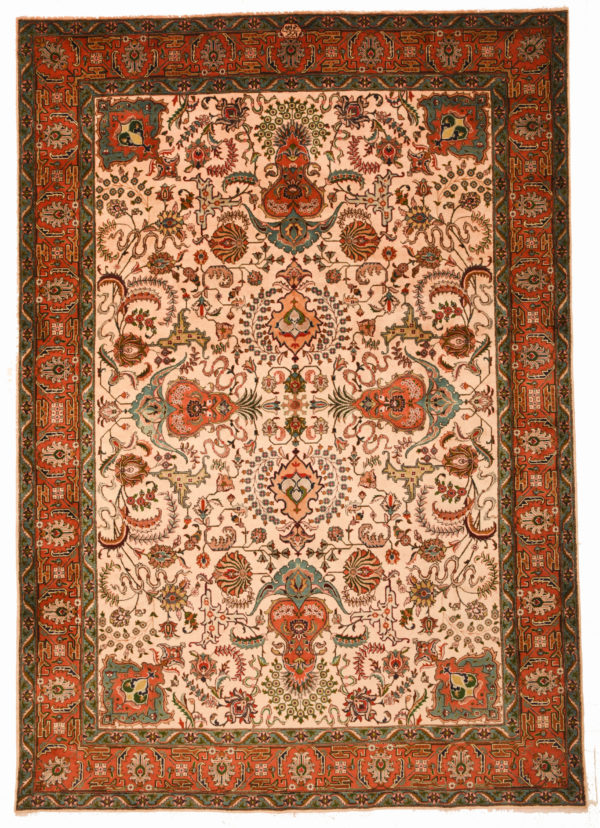
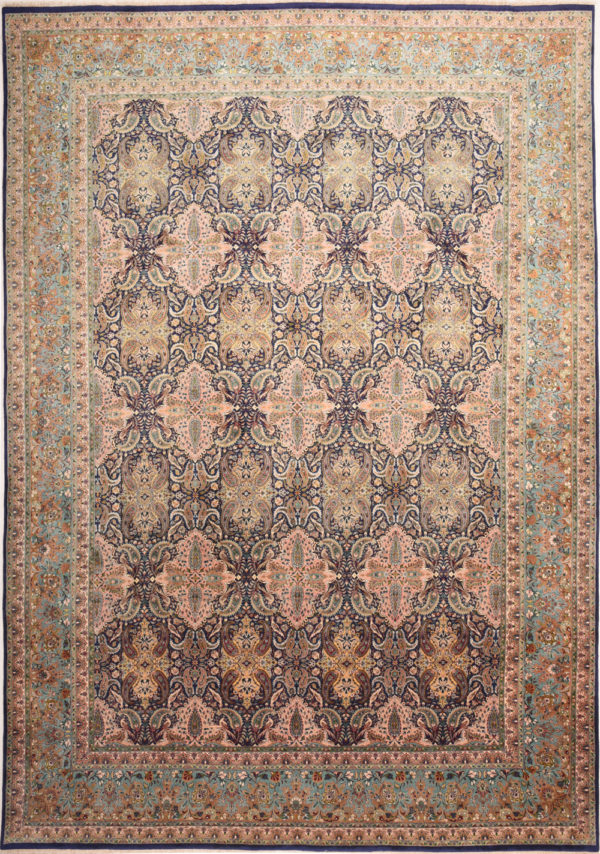
Shah Abbasi Style Tabriz
Many Tabriz rugs are woven in the Shah Abbasi style or the Islimi style or a combination of both. These rugs feature a medallion in the center with the corners filled with quarters of medallion. You can also find rugs with simpler geometric patterns or predominantly floral motifs with palmettos, assorted flowers, vases and hunting scenes along the edges.
The Shah Abbasi style is quite common in Tabriz rugs. Only very experienced and skilled weavers can recreate this style so precisely.
Some rugs feature only the Shah Abbasi style all over, while others may combine it with the Islimi style to create a unique-looking rug. Tabriz rug weavers were not limited in their styling. They mixed and matched an assortment of delicate designs from refined arabesques, to multi-faceted flowers and lush vinery to create a variety of unique designs.
Rug collector and interior designers place high value on these rugs because of their uniqueness as well as the elaborate designing.
8 Things to Remember When Buying a Tabriz
Tabriz rugs are known for their fine texture, exceptional quality, and a wide variety of colors and patterns. These hand knotted rugs truly highlight the unparalleled talent and skills of the weavers of Tabriz, in north western Iran.
If you are looking to buy a Tabriz rug, here are eight things you should look for:
1. EXCEPTIONAL QUALITY
Tabriz rugs are high quality rugs. When you look at a rug and the quality is not top notch, you know that it is not a genuine Tabriz. Their designs and knots are impeccable and the designs are very elaborate. When you run your hand against the pile, it feels smooth to the touch. Check out our buyer’s guide on Persian rugs to learn more about checking the quality of your rug.
2. PATTERNS
These Persian rugs are woven in Tabriz, an ancient city located in north western Iran. This city has been at the center of the rug making world for hundreds of years. The diversity of the designs seen on Tabriz rugs as well as the varying quality of the rugs stems from the sheer vastness of the rug making industry in this region.
If you love the Shah Abbasi style, you will find many Tabriz rugs featuring this design. Some may also feature a combination of the Islimi and Shah Abbasi style.
If you are looking for a high quality rug with simpler patterns, you should take a look at Tabriz rugs that feature more basic geometric patterns.
Rug collectors who are looking for an investment but want something different from the Shah Abbasi style can also find high quality Tabriz rugs featuring hunting scenes, medallions in a wide range of shapes and sizes, assorted curvilinear patterns, and gardens filled with palmettos lying in between a colorful array of floral motifs. The designs and colors used are breathtaking, which contributes to the rising popularity of Tabriz rugs.
Designs of Antique Persian Tabriz rugs feature medallions, flowers, gardens and hunting scenes, along with pictorial rugs featuring fascinating curvilinear designs.
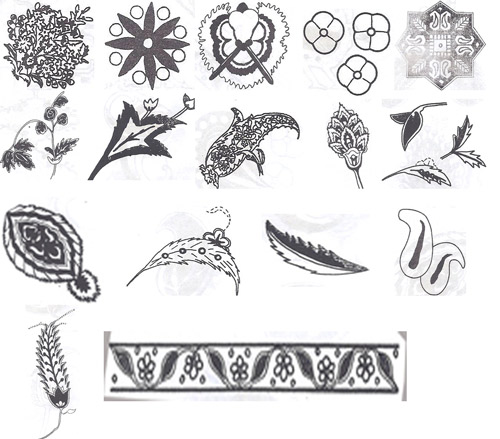
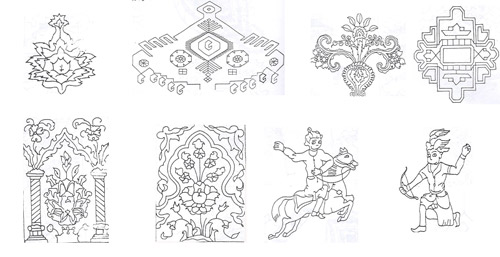
3. SIZE and SHAPE
These rugs come in a wide range of sizes and shapes.
Round Tabriz rugs typically have a diameter of about 5 feet to 9 feet, while the sides of the square rugs measure about 4 feet to 8 feet. You rarely find square rugs that are larger than 8 feet in length.
Tabriz runner rugs are hugely popular for use in the hallway or stairways. These rugs are typically narrow and long. Their length could be anywhere from three to five times the width.
You can also find irregularly shaped Tabriz rugs in the shape of an octagon, hexagon or triangle.
4. COLOR
The colors that can be seen on these rugs are just as diverse as the patterns. Unlike many tribal rugs which have a basic, rustic color palette, Tabriz rugs use a wide range of refined colors such as ivory, copper tones, terracotta, and burgundy. Navy and baby blue, salmon, gold, tan and green may be used to accent the main colors and create a striking effect.

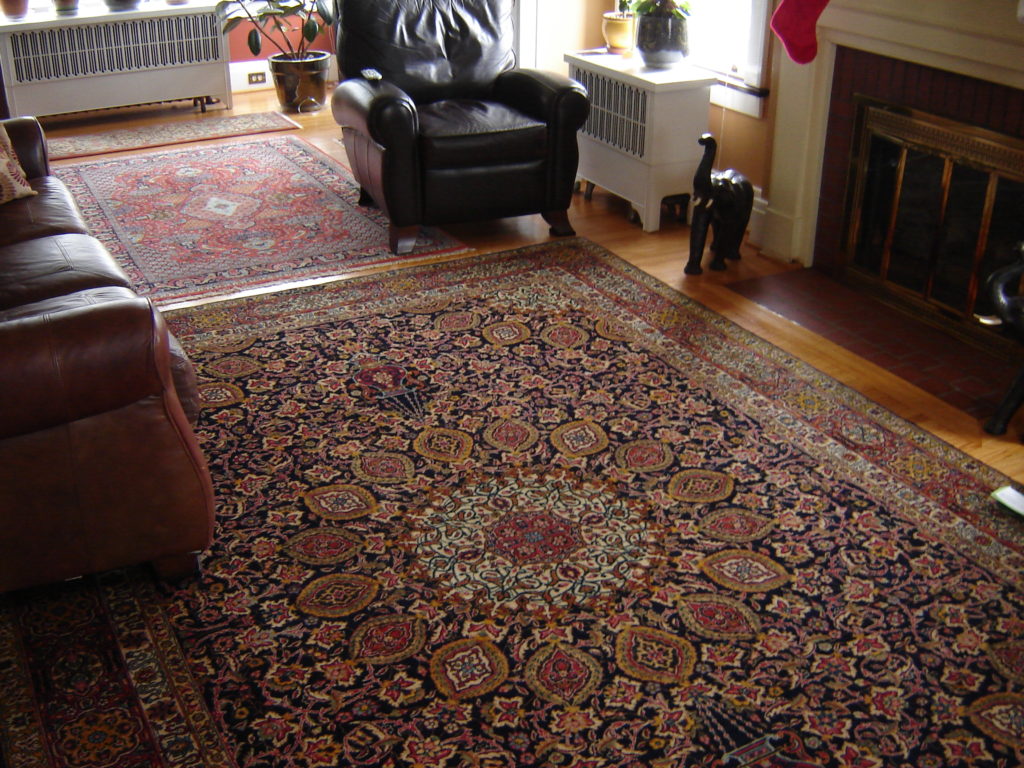
5. TEXTURE
Tabriz rugs have a soft, smooth texture. This is because the weavers use only the highest quality wool, cotton or silk to manufacture the rugs. The way the knots are made also adds to the texture of the finished rug.
6. FOUNDATION
The foundation of a rug consists of horizontal threads called the weft and vertical threads called the warp. In the majority of Tabriz rugs, the weft and warp may be made of wool or cotton. The horizontal threads or weft can only be seen on the reverse side of the rug.
Silk is used to create the foundation in very high end rugs. The fringe that is visible in a finished rug is made up of the extra lengths of the warp.
Construction Of Tabriz Rugs
Tabriz rugs have a unique weave consisting of double wefts usually made of cotton or wool together with cotton warps. Some craftsmen use silk or a combination of silk and wool, with Kurk wool and silk blended together for the pile.
Wool or silk are commonly used for the nap, while cotton or silk threads are used for the warp and weft. The wool used for these rugs is sourced primarily from Maku, a neighboring region that produced plenty of rough, bristly wool.
An interesting feature of Tabriz rugs is that weavers often used silk to accent and highlight certain designs in the rugs. The shimmering silk stood out from the rest of the design and drew attention to it. Silk was very often used in the Mahi design to create a shimmering effect with the leaves.
Some of extremely luxurious, high end antique Tabriz rugs use silk as an essential part for both the foundation and the pile, with gold threads interwoven in the base.
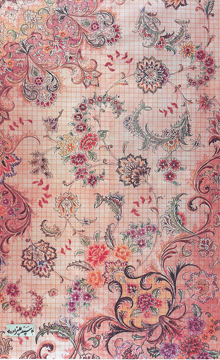
7. KNOT
Tabriz weavers used the Turkish symmetrical knots to create their magnificent rugs. The one notable feature of Tabriz rugs is that they have an unusually tight weave. Every knot is woven repeatedly until the base of the rug is firm and taut.
The knots are a combination of Persian and Turkish knots and a tightly woven doubled foundation. In general the knots are fairly dense and can range anywhere between 120-850 knots per square inch. The higher quality rugs have a short trimmed nap which is slightly hard to the touch, whereas the average rugs have longer naps.

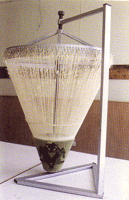
8. PRICE
Tabriz rugs are among the more expensive Persian rugs but as any rug expert will tell you, the higher price is well worth it, both in terms of the sophistication it will impart to any room in which it is placed and also as an investment.
A well maintained Tabriz rug will hold its value through the years.
How to Determine the Price and Authenticity of a Tabriz Rug
First things first, a Tabriz rug has to come from Tabriz. If it originates from anywhere else, It shouldn’t be called a Tabriz rug.
The knot count in Tabriz is relatively higher than other Persian rugs due to its tight knit and using Turkish symmetrical knotting technique. This factor also tightly links with the size of the rug, logically the larger the size, the more knots and time needed. Thus, the higher the knot count and/or larger the rug, the higher the value of the rug.
Then, the complexity of the pattern also affects the price of a Tabriz rug. The more intricate and detailed of a pattern, the higher the value.
Next, it is the materials used, wool is usually used to knot a Tabriz. However, in some Tabriz rugs, silk is used to add the extra sheen and highlights. This would also add in to the value of the Tabriz rug.
Another factor for the pricing of a Tabriz is the coloration.
An authentic Tabriz rug would use all-natural dyes for the wool pile and this make the colors stay for a long time. That’s not the case for chemical dyes.
You might find some Tabriz has a signature, especially if they come from a well-known workshops, those would definitely contribute to a higher value of the Tabriz rug.
Mores Facts About Tabriz Persian Rugs
1.Tabriz rugs usually have short trimmed piles, so they generally have a lighter feel than other Hand Knotted Persian Rugs
2.They have extraordinary precision and regularity of the weave. This is partly due to the small metal hook used in tying the knots.
3.Tabriz is also known for its exceptionally wide range of colors, including deep reds and midnight blues to pastel ivory and yellows.
4.The weavers in Tabriz use the Turkish knot instead of the Persian knot, and for this reason, Tabriz rugs encompass great consistency and have perfect symmetrical patterns.
Choosing a Pattern to Match your Space
The design of a Tabriz rug is often dictated by the specific purpose for which it was made. For example, a Tabriz prayer rug generally has a simple design with a central medallion, while finer pieces intended for use by upper classes like royal palaces may be much more intricate.
In general, however, Tabriz rugs tend to feature geometric patterns and bright bold colors. The most commonly used design elements include floral motifs, paisley patterns, and repetitive arabesque shapes.
These design elements are often combined in unique ways to create highly individualized pieces. As a result each Tabriz rug is truly one-of-a-kind, making there a rug that suits every space.
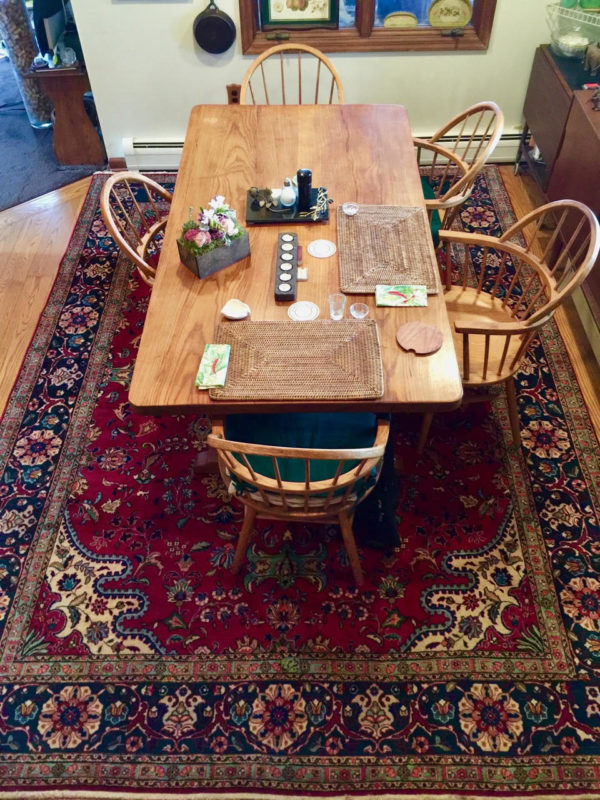
The different types of patterns can help suit a variety of different spaces.
Small all-over designs in a monochromatic color scheme can help to make a rug look cohesive and less bold. This can be a good choice if you are looking for a more subtle design.
Large prints with a medallion in the center and strong borders create more of a traditional design that is more suited for a traditional room.
Every rug is versatile and no matter what the design and pattern there is a way to work it into a variety of design styles. If you want to incorporate a rug try bringing in the colors that are within the pattern of the Tabriz rug, you can bring it in throughout the space as a pop of color in things like accent chairs, throw pillows etc.
How to Style with Tabriz Rugs
Tabriz rugs are some of the most beautiful and intricate floor coverings that you can find. If you’re looking to add a touch of elegance to your home, styling one of these rugs is the perfect way to do it!
Whether you are looking for a classic or contemporary look, a Tabriz rug can help to pull your design together and incorporate new elements and colors into your space.
Adding a Tabriz rug into your space is a beautiful and unique way to add color to your home design. These hand-woven rugs are truly one-of-a-kind. They are known for their vibrant colors which can range from geometric patterns to floral motifs.
The striking colors of a Tabriz rug can help to create a focal point in your room, and the pattern can be used to tie together different elements of your designs.
Whether you’re looking for a pop of color or a more subdued design, a Tabriz rug is a great way to achieve this!
Modern Styling with Tabriz Rugs
Today Tabriz rugs are used in all styles of home designs, including modern spaces! While many people think modern spaces can only use neutral and subdued colors that is completely wrong.
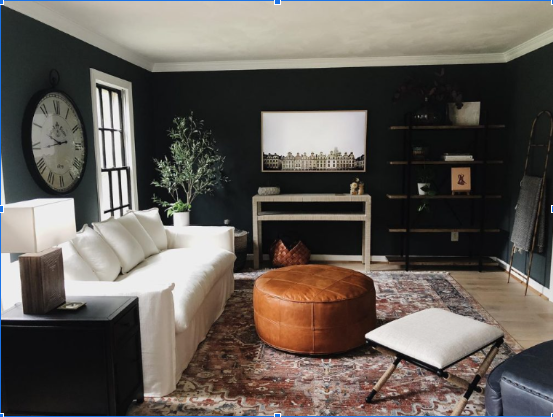
Using a bold rug within your room that is mostly neutral pieces can help to bring energy into your modern room and add a pop of color to the space.
Mixing a traditional styled rug into a modern room helps to bring in a playful element. Experimenting with a mix of pieces can add dimensions and character to a space.
Traditional Styling with Tabriz Rugs
Traditional styles are one of the easiest ways to incorporate a Tabriz rug!
The styles pair seamlessly and the traditional patterns work to reinforce the intricate design work that is indicative of the style. You can easily lean into the more classic patterns, and bolder colors.
An antique Tabriz rug is the perfect piece to complete a traditional space. They help to create a high end and luxurious look that an authentic hand woven rug can create.
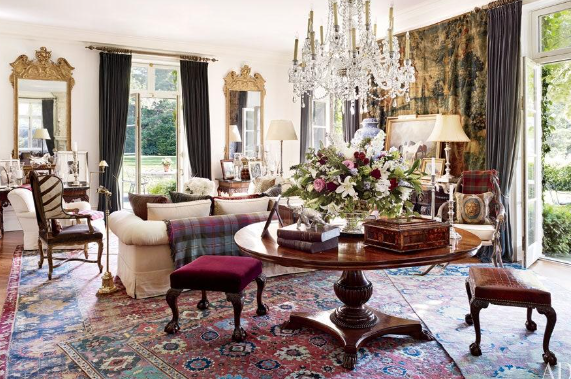
Rustic Styling with Tabriz Rugs
Rustic style can be differentiated in a variety of ways, it is a no-fuss aesthetic that focuses on the natural beauty of subdued hues and natural materials. Rustic style often incorporates wood beams, and elements of stone and clay.
The overall design is used to create a space that is homey and inviting. Rustic styles often utilize elements of antique furniture and décor. This is why bringing in a Tabriz rug can really pull together the rustic look in your home.
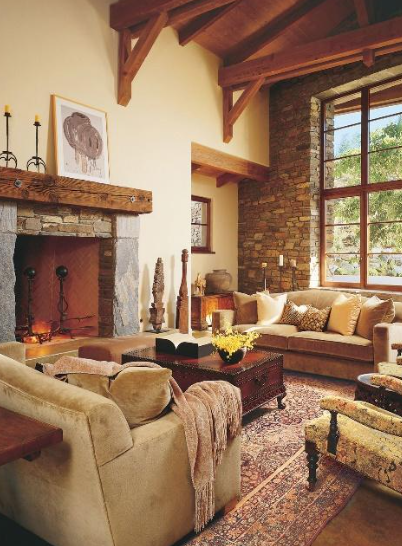
Scandinavian Styling with Tabriz Rugs
In a Scandinavian room, simplicity is a major factor of the style. The design focuses on incorporating natural elements such as wood, plants and raw metals to compliment the simple design style.
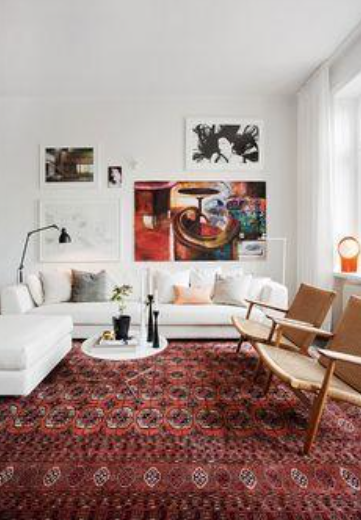
To choose a vintage Tabriz rug to compliment the Scandinavian style choose a Tabriz rug that uses warm tones like red that look wonderful with natural materials.
How to Care for Tabriz Rugs
To make sure that your Tabriz rug maintains its appearance for years to come it is important to take proper care of it!
The area where you place your rug can play a part in the amount of wear and tear it takes. Having your handmade rug in a high-traffic area or exposing it to direct sunlight for extended periods of time can lead to the deterioration of rug fibers and color fading.
For daily care, you want to make sure that you are brushing or vacuuming (with suction only) your rug regularly to prevent the build-up of dust and dirt. Rotating them frequently can help to make sure that your rug is wearing evenly. If you are placing any furniture on the Tabriz rug make sure that there are no sharp corners that are going to damage the rug and where possible use furniture casters to protect the rug.
It is important to keep your rug away from moisture and make sure that it dries completely if it is to get wet. If it remains damp, it may develop mold which will damage the rug.
Full Wash
In general, a hand-knotted Tabriz rug should be professionally cleaned once every five to ten years. Doing this will ensure that it maintains its beautiful appearance for as long as possible and remove any deep-seated dirt and dust that may build up over time, even with regular care.
It is recommended that you use a professional rug cleaning service for your full cleaning because doing it yourself can lead to the rug being damaged and things like color mixing that can permanently affect the appearance of your rug.
How to Deal With a Spill
If you accidentally spill something on your Tabriz rug it is important to act quickly!
First, you will need to blot the spill with a kitchen towel to soak up the liquid until it is dry.
To remove any remaining residue from a wool rug you can use a mixture of carpet shampoo, warm water, and a teaspoon of vinegar.
Blot this mixture onto the spot until the residue is removed.
Make sure to dry the rug as quickly as possible without using heat.
Once your rug is dry, vacuum the rug.
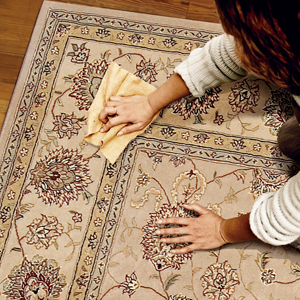
Typical Sizes of Tabriz Rugs for Sale
You can find Tabriz rugs for sale in a wide range of sizes, from smaller rugs of 2’ x 3’ and 4’ x 6’, to larger sizes of 9’ x 14’ and 25’ x 40.
A Tabriz rug can instantly add a touch of style and class to any room. What’s more, no matter how much you may pay for your rug, you know it is going to be much cheaper than some of the pieces that have auctioned for well over million dollars and now grace the rooms of exclusive private collectors.
If you are interested to learn more about these beautiful rugs and other Persian rugs please subscribe to our blog and visit see our Tabriz Rugs selection.
Related Categories
Red Tabriz | 9 x 12 Tabriz | 8 x 10 Tabriz | Tabriz Runner | Silk Tabriz | Blue Tabriz | Mahi and Herati Tabriz | Antique Tabriz